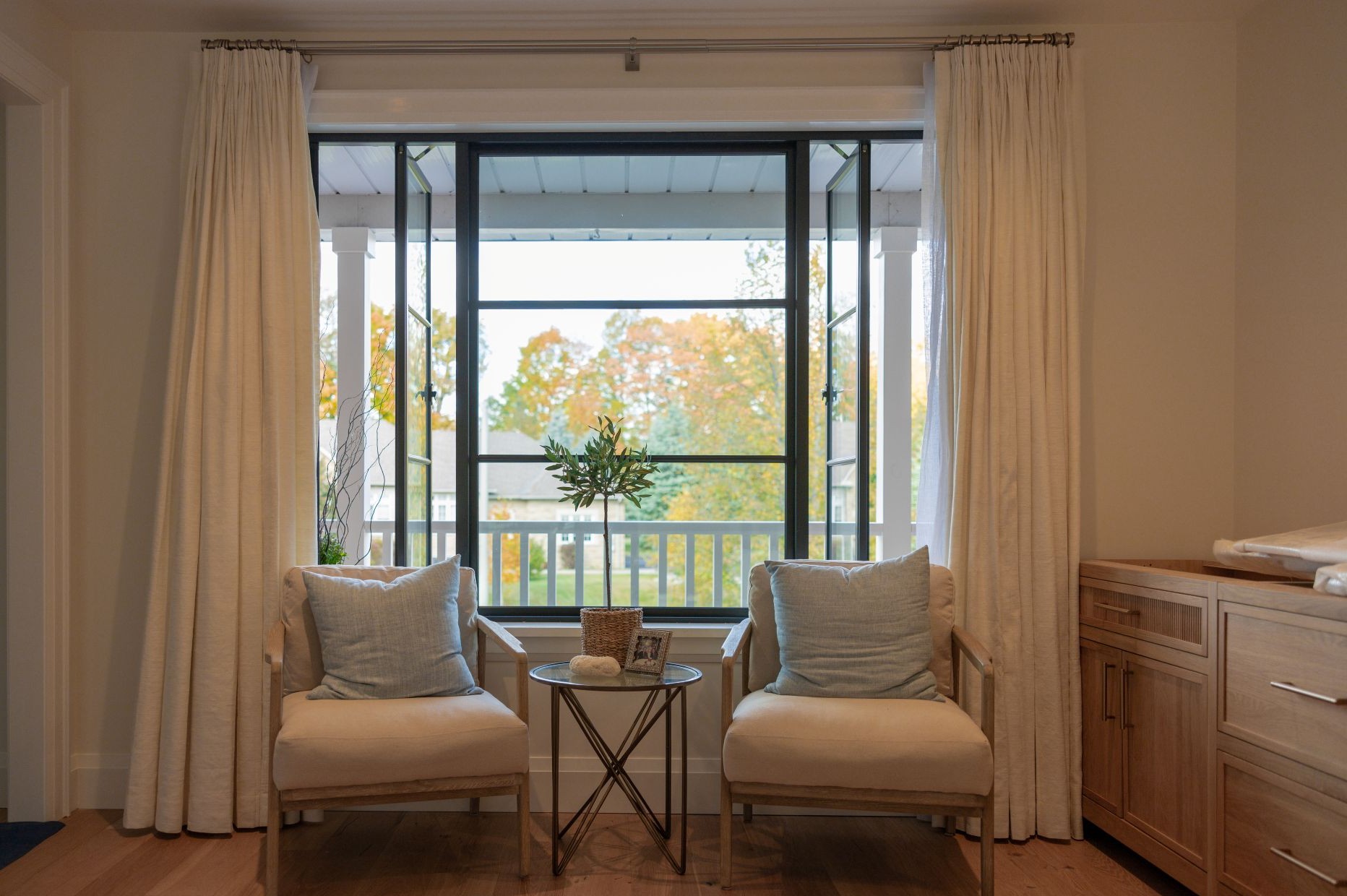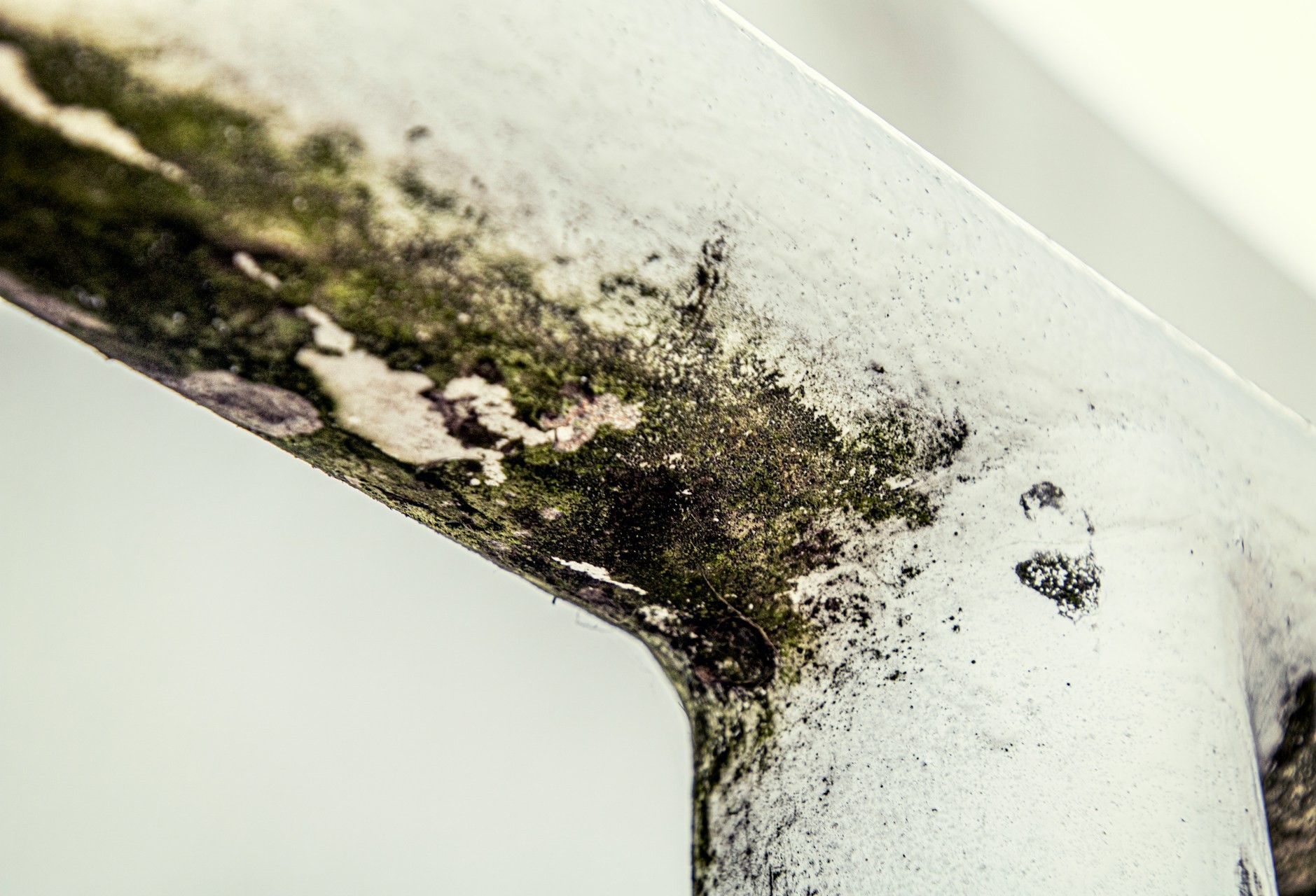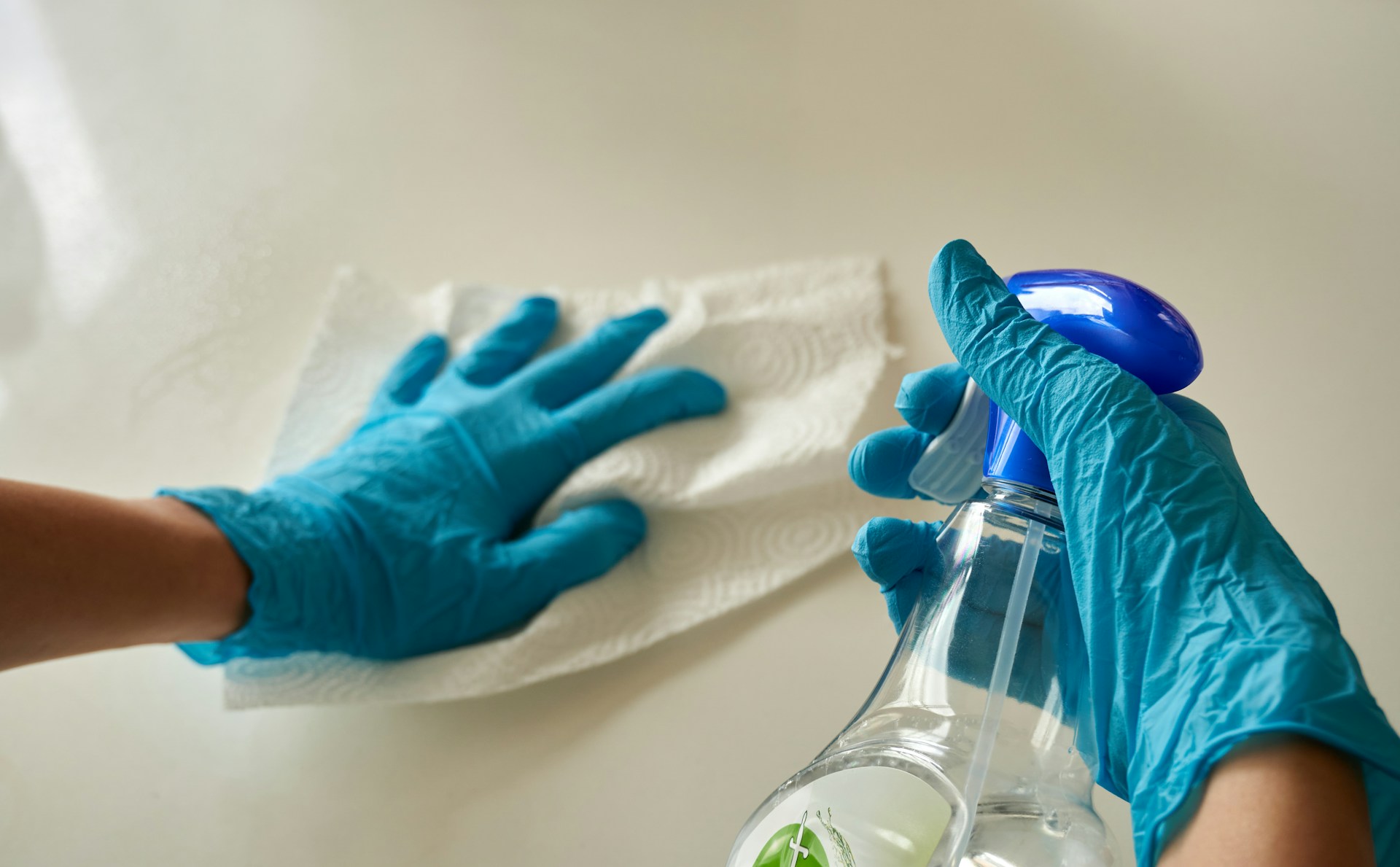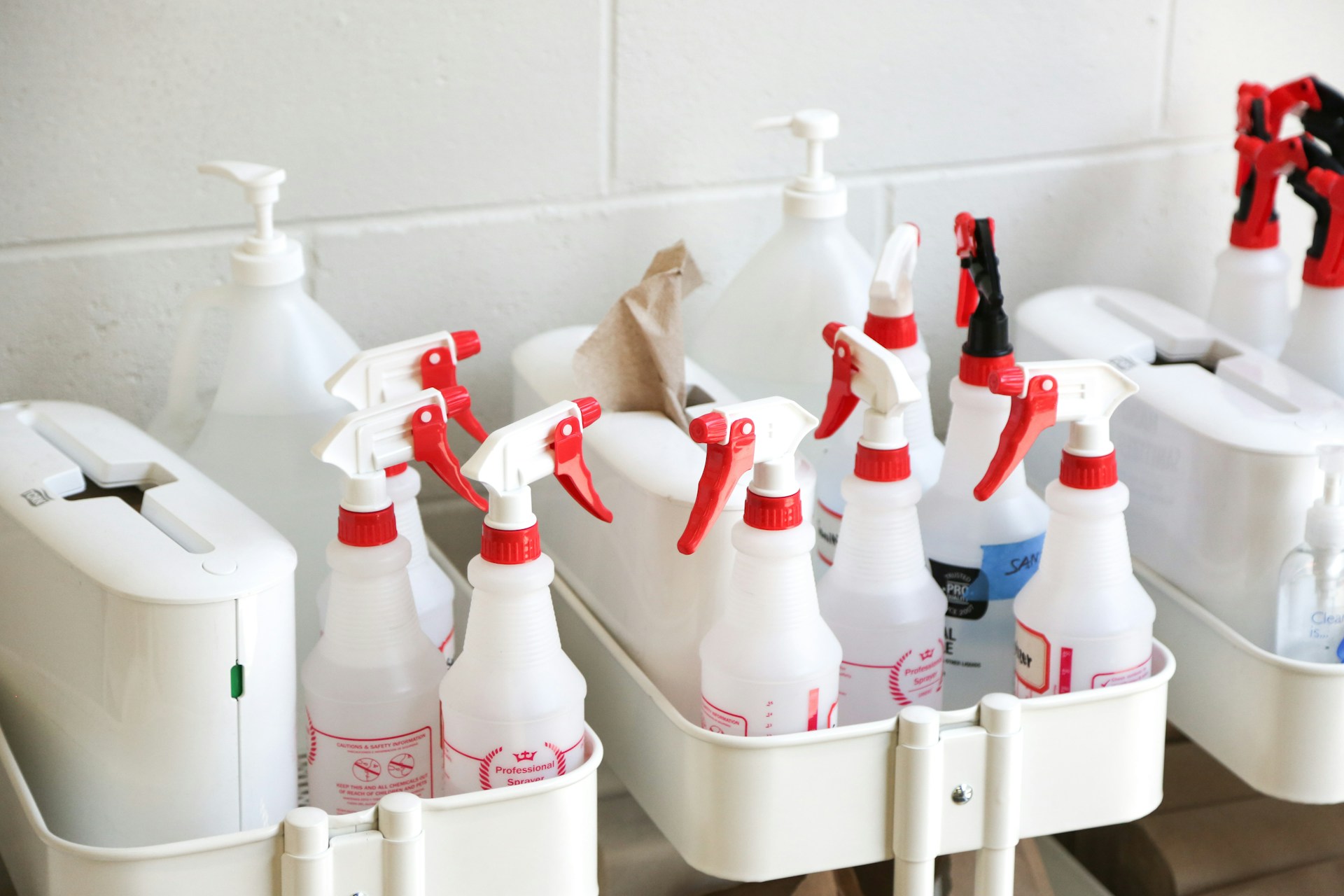
Window Cleaning
Does Vinegar Kill Mold? Here's the Truth!
We know all too well what a nuisance mold can be. Once you see that moldy spot, you can't get a good night's sleep until it's gone, right?
And, naturally, one of the first solutions you'd think of using is vinegar or bleach, right? Well, in this article, we'll talk about vinegar. Does vinegar kill mold? It does, but not always. Read on to find out more!
Key Takeaways
- Vinegar kills mold, but it does not kill all mold species, and it is not suitable for all types of surfaces. It’s a great option for small mold patches on hard, nonporous surfaces like glass, tile, or sealed wood. It can also penetrate porous surfaces (better than bleach), but you must use it with care because it can damage some of them.
- While vinegar can handle small mold problems, large infestations, hidden mold, or recurring growth usually require professional remediation.
- Prevention is the real long-term solution. Whether you use vinegar or another cleaner, mold will return unless you address the underlying cause: excess moisture. Improving ventilation, repairing leaks quickly, using dehumidifiers, and upgrading to well-sealed, insulated windows are some of the most effective ways to keep mold from coming back.
Does Vinegar Kill Mold?

The short answer is yes, white vinegar can kill mold. Can it kill all mold species, and can it be used on any surface? Definitely not.
White vinegar is a mild acid whose pH can disrupt the growth of many molds and other microorganisms. This acidity disrupts the mold membrane, causing the cells to break down and die. This process not only kills visible household mold but also targets spores that can lead to future growth.
For example, one study has proven that vinegar is just as effective as commercial mold and mildew removal products at inhibiting the fungus growth of the following species:
- Penicillium citrinum
- Cladosporium cladosporioides, and Aspergilus niger.
- Has approximately 5% acidity
Another study has shown that vinegar with 4.0%-4.2% acetic acid can inhibit the growth of Penicillium chrysogenum but has no effect on Aspergillus fumigatus.
Therefore, vinegar can definitely kill mold, but it may not be effective on all types of mold. And given that there are multiple mold species that grow indoors, there's no way to know if vinegar is effective against them, unless you try it.
What Surfaces Can You Use Vinegar On to Kill Mold?
You can use vinegar to kill mold on:
- Nonporous bathroom surfaces (tile, glass, fiberglass)
- Plastic, stainless steel, and some sealed wood
- Household appliances (but not too often and only with precaution around rubber elements)
- Windows and doors with vinyl or aluminum windows (although you may have to use a water+vinegar solution in this case)
- Some porous surfaces, as it penetrates more deeply into them than bleach, can kill the mold growing underneath the surface.
What Surfaces Should You Not Use Vinegar On?
While vinegar can kill mold on many hard, nonporous surfaces, it's not suitable for all materials. Here are some surfaces you should not use vinegar on when trying to kill mold:
- Natural stone (marble, granite, limestone, travertine, slate): vinegar is acidic and can etch, dull, or damage the finish.
- Waxed wood or hardwood floors: the acid can strip protective finishes and damage the wood.
- Cast iron, aluminum, or copper surfaces: vinegar can cause corrosion or tarnishing.
- Rubber components (like seals in appliances): prolonged vinegar contact can degrade rubber.
- Electronic components or screens: it can seep in and cause damage.
What Not to Mix Vinegar With
It may be tempting to mix vinegar with some other solution, thinking that this would yield a stronger vinegar mixture that is more effective against mold. However, it can be very dangerous to mix chemicals, as this can produce toxic fumes. Therefore, don't mix vinegar with:
- Bleach: mixing vinegar with bleach creates life-threatening chlorine gas
- Ammonia: mixing vinegar with ammonia yields a high-pH solution that can severely damage surfaces; make sure to check the labels of cleaning products because many of them contain ammonia
- Hydrogen peroxide: mixing vinegar with hydrogen peroxide creates a substance called peracetic acid, which can cause skin burns and damage to the lungs in high concentrations
Using Vinegar to Remove Mold: Step-by-Step Guide

It's quite simple to remove mold with vinegar. The key is to take the necessary safety precautions. Moreover, keep in mind that it's recommended to try this method only on small surfaces. If the affected area is larger than 10 square feet (1 square meter), you should contact a professional mold remediation company.
As such, here's how to clean mold using vinegar!
Step 1: Wear Protective Gear
Before starting the mold removal process, make sure you're well-protected against inhaling mold spores. In addition, your skin should not be exposed to vinegar, as it can cause irritation.
Wear gloves, an N95 mask, and eye protection. These are essential to avoid direct contact with mold and prevent inhaling airborne spores during cleaning.
Step 2: Prepare the Area
Here's what you should do:
- Open all windows to ensure maximum ventilation. Use exhaust fans to enhance airflow.
- If there is furniture close to the mold-affected area, remove it and cover it (mold spores can attach themselves to other areas).
- Have a plastic bag on hand, as you'll need to throw away all the paper towels, the mask, and anything else that can be disposed of to prevent the mold from spreading.
Step 3: Apply Undiluted White Vinegar
To effectively use vinegar to kill mold:
- Fill a spray bottle with undiluted white vinegar.
- Spray the vinegar generously onto the moldy surface, ensuring it is thoroughly saturated.
- Let the vinegar penetrate the mold and the surface it’s growing on. Let it sit for about an hour.
Step 4: Scrub and Rinse
After an hour, scrub the affected area using a sponge or brush, applying enough pressure to remove the mold.
After scrubbing, rinse the area with warm water to remove any remaining mold and vinegar residue. This ensures the surface is clean and ready for the final application of vinegar.
Step 5: Final Application
To prevent future mold growth, spray the cleaned non-porous surfaces with cleaning vinegar once more and let it air dry.
This final application acts as a deterrent against future mold infestations, ensuring a long-lasting solution to your mold problem.
Step 6: Get Rid of Disposable Materials
Throw away all disposable materials used in the cleaning process, such as face masks, paper towels, disposable brushes, or rubber gloves.
Then, disinfect your protective gear and tools and wash your clothes in hot water, ideally immediately after cleaning the mold.
Last but not least, leave windows open for ventilation and use a dehumidifier, if needed, to dry out the room.
Other Substances that Can Remove Mold
If vinegar doesn't work, you can try other solutions to remove mold, which we'll discuss below.
Hydrogen Peroxide and Baking Soda
Hydrogen peroxide is another substance that is effective at killing mold. When mixed with baking soda (sodium bicarbonate), it creates a potent cleaner that can tackle mold on nonporous surfaces.
However, hydrogen peroxide should not be mixed with vinegar, as this can create a toxic solution. Instead, use hydrogen peroxide and baking soda separately for cleaning black mold growth.
To clean mold with hydrogen peroxide and baking soda:
- Apply the solution directly to the mold.
- Let it sit for at least 10 minutes.
- Scrub it off and rinse the area.
Tea Tree Oil and Borax
Tea tree oil is known for its antifungal properties, while borax is a natural cleaner that can tackle minor mold infestations. When combined, they create a powerful solution that can be used on various surfaces.
To clean mold using a natural mixture:
- Mix tea tree oil with borax and a bit of dish soap to form a paste.
- Apply this paste to the moldy area.
- Let it sit for at least 15 minutes.
- Scrub the area.
- Rinse the area.
When to Consider Professional Mold Remediation

You should consider professional mold remediation instead of cleaning mold personally for:
- Large areas (over 10 square feet): mold growth covering more than 10 square feet is considered extensive and requires professional intervention due to the potential for hidden growth and spore dispersal during cleaning.
- Hidden or hard-to-reach locations: mold behind walls, under floors, inside HVAC systems, or in attics often require specialized equipment for detection and removal that most homeowners do not have.
- Recurring mold issues: if mold returns after DIY cleaning, it points to persistent moisture problems or incomplete remediation that demand expertise to resolve and prevent future outbreaks.
- Health risks: individuals with respiratory conditions, allergies, and compromised immune systems, as well as children and elderly residents, should avoid exposure during mold removal.
- Structural damage: mold that has compromised building materials calls for experienced technicians to manage safe removal and replacement of affected parts.
How to Prevent Mold Growth
After successfully cleaning mold from the affected area, the next step is making sure it doesn’t come back. Mold thrives in damp environments, so the most important measure is addressing moisture problems. Here's what you should do:
- Fix leaks promptly. Repair dripping faucets, roof leaks, or plumbing issues right away to keep moisture from seeping into walls, ceilings, and floors.
- Improve ventilation. Use ceiling fans and open vents to keep air moving. Avoid blocking airflow around furniture, closets, or storage areas.
- Clean your house regularly. Mold feeds on organic materials like dust and dirt, so clean your house regularly.
- Keep gutters and downspouts clear. Poor drainage allows water to pool near your home’s foundation, which can increase indoor humidity and mold risks.
- Dry wet areas quickly. If carpets, rugs, or furniture get wet, dry them within 24-48 hours. Mold grows rapidly on damp fabrics and wood.
- Use mold-resistant materials. When renovating, consider mold-resistant drywall, paints, and insulation to protect high-risk areas like basements, bathrooms, and kitchens.
- Monitor indoor humidity. A hygrometer is a simple tool that helps track indoor moisture levels, so you can keep them within recommended levels (mold grows quickly when humidity is above 60%).
- Maintain HVAC systems. Change filters regularly and schedule professional servicing to prevent mold from building up in ducts.
- Store belongings carefully. Avoid keeping clothes, books, or cardboard boxes in damp areas like basements or garages without proper protection.
- Run exhaust fans while cooking or showering to keep air circulating and reduce moisture buildup.
- Replace poorly insulated windows and doors to prevent water leaks and condensation.
Final Thoughts
Vinegar can be a helpful, affordable tool for tackling small mold problems, but it’s not a cure-all. The best defense against mold is prevention, and that starts with reducing moisture inside your home.
If your current windows and doors are leaky, poorly insulated, or prone to condensation, they may actually be fueling the problem. In this case, you may want to consider upgrading to energy-efficient windows and doors to prevent mold growth but also lower energy bills, improve comfort, and protect your home long-term.
Don’t wait until mold becomes a costly issue! Contact Magic today for a free quote and take the first step toward a healthier, mold-free home!
Frequently Asked Questions
Does bleach kill mold?
Bleach can kill mold on hard, non-porous surfaces. On porous materials, mold grows deep underneath the surface, and bleach cannot penetrate deep enough to kill it because of its chemical structure, so the mold will grow back.
Does rubbing alcohol kill mold?
Rubbing alcohol can kill surface mold on hard, non-porous surfaces.
How long does it take vinegar to kill mold?
It usually takes about an hour for vinegar to break down and kill mold. After an hour, you should scrub and rinse the area to remove residue and spores.
What kind of mold does vinegar not kill?
Vinegar is not effective against mold species like Aspergillus fumigatus and molds rooted very deep in porous materials.
What kills 100% of mold?
No single household product kills all mold species. Professional remediation is the only way to ensure complete mold elimination, as it implies removing contaminated materials and treating affected areas with specialized solutions.
Can I just spray vinegar on the mold and leave it?
You can spray vinegar on mold and leave it, but you'll have to scrub and rinse the area after about an hour.
Is hydrogen peroxide better than vinegar for mold?
Hydrogen peroxide is better for non-porous surfaces, while vinegar works well on porous materials. Choose based on the type of surface you're treating for effective mold removal.
Does vinegar kill mold?
Yes, vinegar can effectively kill most mold species, including black mold, when used undiluted.
How long should vinegar sit on the mold?
Vinegar should sit on the moldy surface for at least an hour to effectively eliminate the mold. This duration allows the acetic acid in the vinegar to work against the mold spores.
Is vinegar safe to use on all surfaces?
Vinegar is not safe for all surfaces; avoid using it on stone countertops and certain metals to prevent damage. Always check compatibility before cleaning.